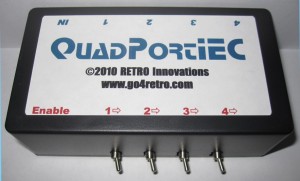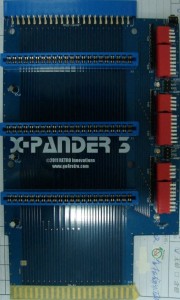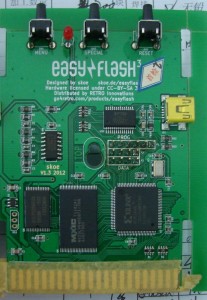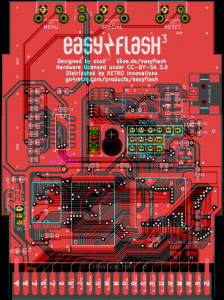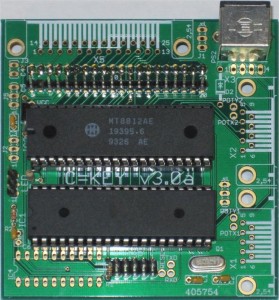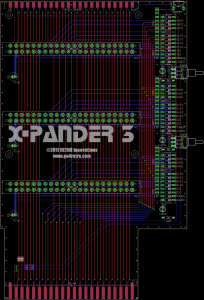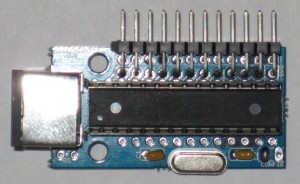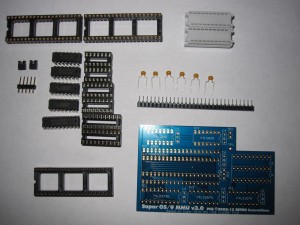
In the “another project that has been long in gestation” category comes a niche offering for those with Commodore SuperPET machines and a desire to run the OS/9 operating system. OS/9, a multi-tasking, multiuser, realtime OS with UNIX-like qualities, was popular in the 1980’s and ran on machines with the Motorola 6809. In addition to the small TRS80 Color Computer, the SuperPET includes a 6809, but the standard memory map of the SuperPET does not lend itself to OS/9 operation. That is where this little board comes in. Installation does not affect normal SuperPET operation, but extends it with OS/9 compatibility.
The SuperPET, a variant of the Commodore 8032 that included additional boards designed by the University of Waterloo, did not sell well, as far as I can tell, and limited (though not ultra-rare) numbers exist. Still, for those lucky enough to own one, OS/9 can truly turn the SP9000 (another name for the SuperPET) into the MicroMainFrame (another name for the SuperPET).
The project has been gestating since 2008 in some fashion. Late that year, TPUG member Golan Klinger asked if I could reproduce the SuperPET MMU board, which TPUG members created in 1985. for a possible club fundraising activity. I dutifully created a new layout of the design, and awaited next steps. Around the same time, Mike Naberezny (of 6502.org fame) started discussing the board, and we eventually compared notes. Over time, it became evident that TPUG was not going to pursue offering the unit for sale, and Mike performed a significant amount of legwork obtaining permission to replicate the software from Radisys (who purchased the OS/9 rights) and permission from TPUG leadership to offer the PCB. Thus, the majority of credit for this offering goes to Mike, who has a web site devoted to this impressive little board. I’ll put one in due time, but it won’t provide any more detail than Mike’s. I should also give a shout out to Steve Gray, who helped with information and PCB scans.
Currently, due to the low volumes, the unit will be available in kit form only for approximately $30.00. Thus, break out your soldering iron and a weekend of time to add this capability to your SuperPET!
